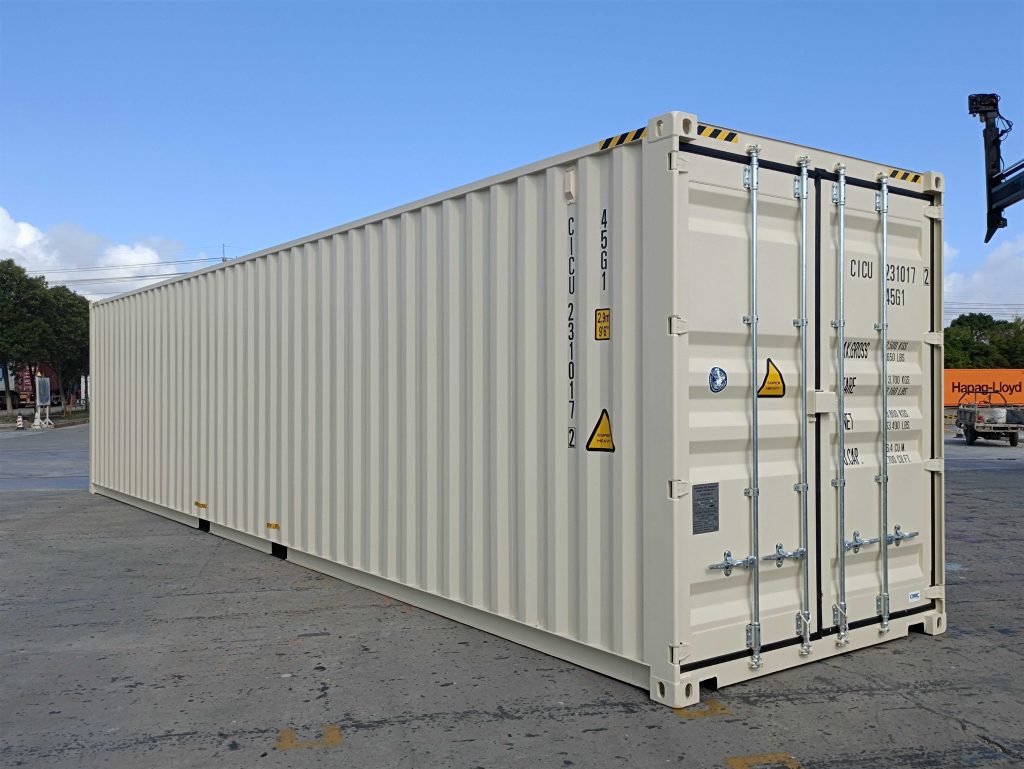It's The Good And Bad About Size Of 20 Foot Container

Understanding the Size of a 20-Foot Container: Dimensions, Capacity, and FAQs
When it comes to shipping containers, the 20-foot container is among the most commonly utilized choices in the logistics and transport industry. Whether you are an entrepreneur wanting to transfer goods overseas or somebody thinking about moving, knowing the dimensions and capacity of a 20-foot container is necessary. This article will supply a detailed overview of a 20-foot container's size, its capability, and answers to regularly asked concerns.
Dimensions of a 20-Foot Container
The size of a 20-foot container is standardized, making it easier for shipping companies and customers to prepare their logistics. Let's break down the dimensions frequently connected with a 20-foot container:
| Measurement | Imperial | Metric |
|---|---|---|
| Length | 20 feet (ft) | 6.058 meters (m) |
| Width | 8 feet (ft) | 2.438 meters (m) |
| Height | 8.5 feet (ft) | 2.591 meters (m) |
| Interior Length | 19.4 feet (ft) | 5.898 meters (m) |
| Interior Width | 7.7 feet (ft) | 2.352 meters (m) |
| Interior Height | 7.9 feet (ft) | 2.385 meters (m) |
| Door Width | 7.5 feet (ft) | 2.280 meters (m) |
| Door Height | 7.5 feet (ft) | 2.286 meters (m) |
Key Features
- Capacity: A basic 20-foot container can hold an optimum payload of about 22,000 kg (around 48,500 pounds). The internal volume is roughly 33 cubic meters (1,172 cubic feet).
- Material: Most 20-foot containers are constructed from corrugated steel to make sure strength and resilience versus external elements.
Kinds Of 20-Foot Containers: While the standard container is the most typical, there are specialized types, consisting of:
- Reefer Container: Designed for temperature-sensitive cargo.
- Open-Top Container: Facilitates the loading of large cargo.
- Flat Rack Container: Ideal for heavy equipment or goods that do not fit into regular containers.
Benefits of 20-Foot Containers
Comprehending the benefits of utilizing 20-foot containers can help logistics managers and people make informed choices:
- Cost-Effective: Due to their standard size, 20-foot containers tend to have lower transport expenses compared to larger containers.
- Flexible: They can accommodate various types of cargo, making them suitable for various shipping needs.
- Availability: Their workable size makes them simpler to pack and dump, particularly at smaller sized ports or locations with minimal gain access to.
- Easy Shipment Tracking: The standardized dimensions permit enhanced plans within shipping vessels, boosting shipment tracking performance.
Just How Much Can a 20-Foot Container Hold?
When jam-packed effectively, a 20-foot container can hold roughly:
- 10-- 12 standard pallets,
- 50-60 boxes of consumer goods,
- 4 to 5 motorcycles,
- 1-- 3 small automobiles.
The specific capability might differ based on the freight's dimensions and weight constraints.
Usage Cases for a 20-Foot Container
From industrial endeavors to individual relocations, using 20-foot containers covers various sectors:
- Shipping Goods: Businesses frequently utilize them to deliver items worldwide.
- Moving: Ideal for individuals seeking to relocate, providing enough space for a small apartment.
- Storage: Many companies lease or purchase containers for on-site storage of devices or inventory.
- Mobile Offices: Containers can be converted into workplaces or workspaces in construction websites or remote areas.
- Structure: Eco-friendly construction companies repurpose containers to produce homes or offices.
Regularly Asked Questions
Q1: What is the weight of an empty 20-foot container?
Response: An empty 20-foot container usually weighs between 2,200 kg to 2,500 kg (roughly 4,850 pounds to 5,500 lbs).
Q2: How much freight can a 20-foot container bring?
Response: A standard 20-foot container can carry a maximum payload of about 22,000 kg (around 48,500 pounds).
Q3: How can I load a 20-foot container efficiently?
Answer: To pack efficiently:
- Use pallets to streamline the packing process.
- Distribute the weight equally.
- Stack items realistically, positioning much heavier items at the bottom.
Q4: Can a 20-foot container be shipped by air?
Response: No, shipping containers are mostly designed for cargo shipping through ships and trucks. Air cargo utilizes specialized containers developed for airplane.
Q5: Are there any guidelines for shipping a 20-foot container?
Answer: Yes, regulations might vary by nation. Carriers need to provide accurate weight declarations, freight descriptions, and adhere to customs requirements.
Q6: How many 20-foot containers suit a shipping vessel?
Response: The variety of 20-foot containers that can fit in a vessel depends upon the ship's design, size, and offered space, however a common freight ship can bring numerous thousand TEUs (Twenty-foot Equivalent Units).
In summary, a 20-foot container is a flexible and commonly utilized shipping option. Buy 20ft New Containers , payload capacity, and distinct advantages make it an exceptional option for numerous logistics needs. Whether transferring items, moving homes, or repurposing for new usages, understanding the size and capacity of a 20-foot container can assist you make informed decisions in your shipping ventures. For anyone associated with shipping or moving, purchasing a 20-foot container can be a strategic option that includes effectiveness and reliability to your logistics operations.

